In our book, Timeless, our founder Patrick Ahearn states, “We make architecture for the greater good—not for the aggrandizement of our clients or ourselves but to strengthen the urban and social fabric into which it is woven.” The philosophical greater good theory is adapted in our offices and applied directly to our work such that the buildings we create are better for it, improving the lives of those who live in and interact with them. The concept is a guiding principle for all of our pursuits and is the reason we are known for homes that sit seamlessly within the larger composition of their neighborhoods.
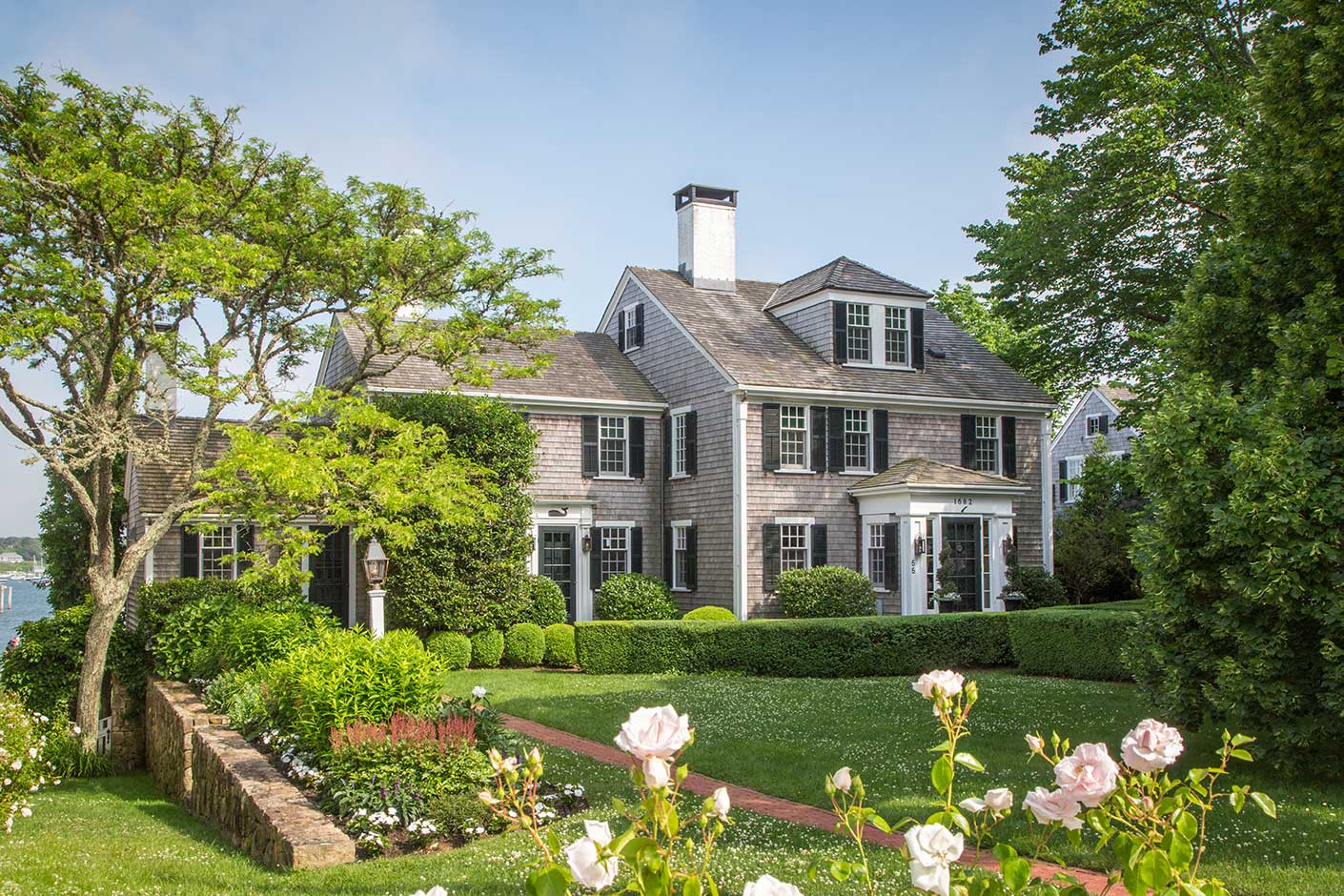
Architecture for the Greater Good represents the ultimate in consideration of landscape, history, and other homes in the area, and requires respectful thought regarding structures, topography, and community. It necessitates taking cues from a property’s surroundings and considers the experience of the public along with the experience of the owners. Whether constructing or renovating residential or commercial spaces the greater good theory may be applied. Below are two examples of this theory at work.
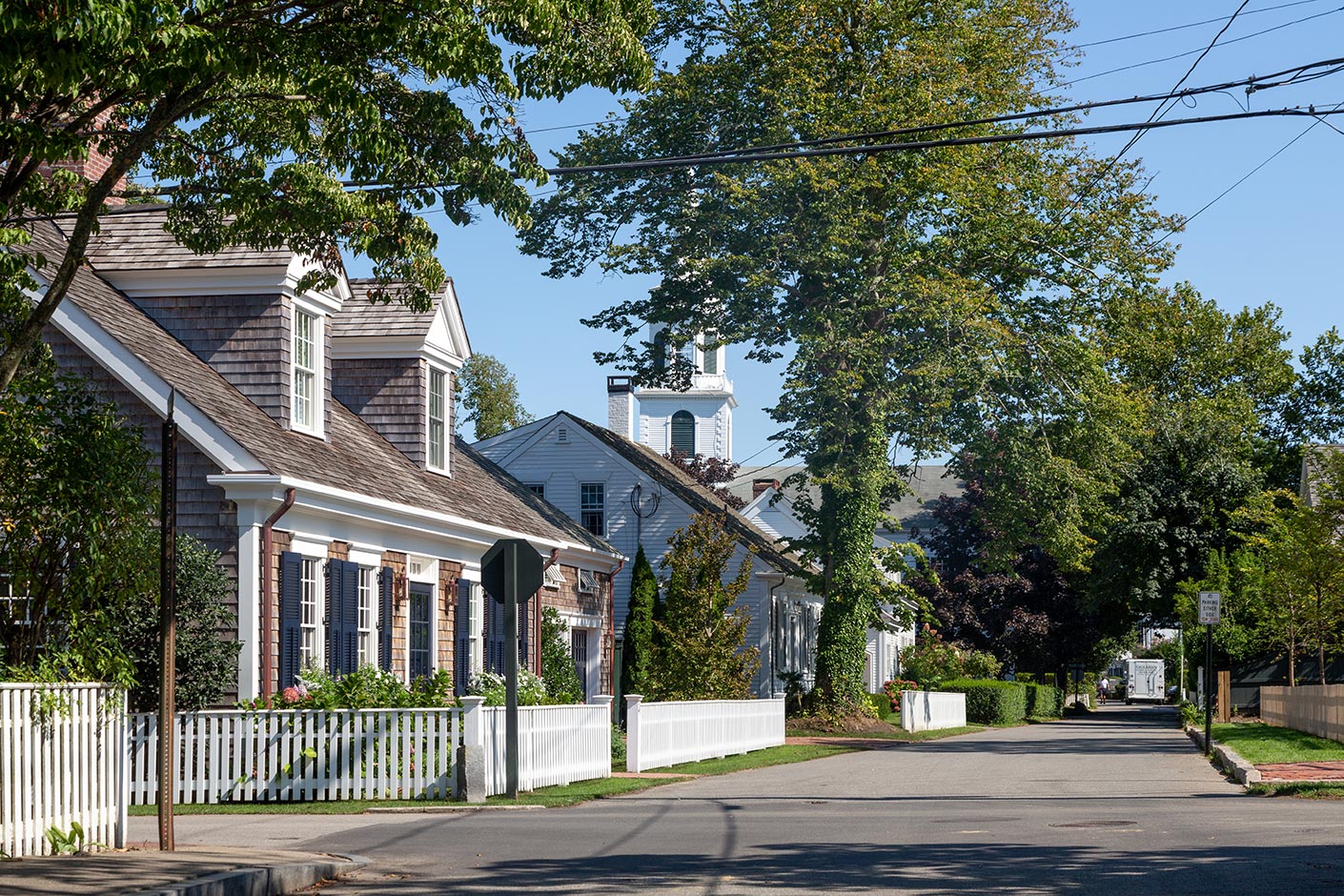
A newly constructed farmhouse in Concord, Massachusetts
Recently, prospective clients approached us with a very special site. While a nondescript 1970s structure sat on the property, the lot was located on a road marched upon by soldiers during the Revolutionary War, and the land was part of a parcel once owned by Ralph Waldo Emerson. The owners, however, didn’t want to live like they were in the 1700s—their goal was significant square footage with high ceilings. Our challenge was to satisfy our client’s goals while also being mindful of the theme, context, and scale dictated by such an incredibly historic locale.
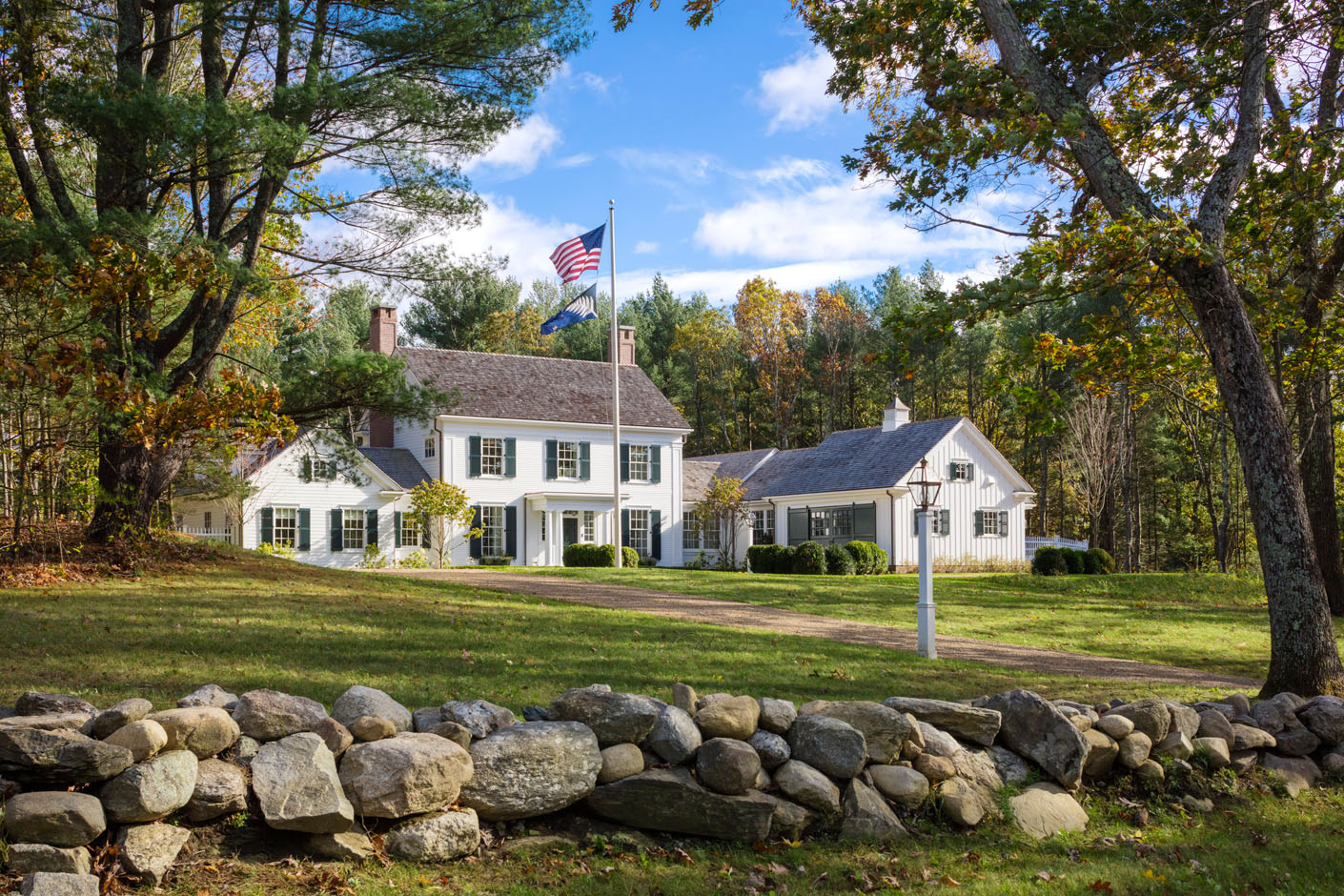
Considering the storied nature of the property and the centuries-old homesteads that surrounded it, we architected what appears to be an antique Federal Colonial with Greek Revival overtones. To keep the scale appropriate, breezeways connect the central section to wings which appear to have been a stable and outbuilding that were later repurposed and modernized. Inside the structures, the living is anything but old-fashioned. Instead of 7’2” ceilings which would have been typical for the time period, 10’ ceilings allow for the interior volume our clients desired. Achieving our clients’ goals while reinforcing the context of a property and celebrating the past is what Architecture for the Greater Good is all about.
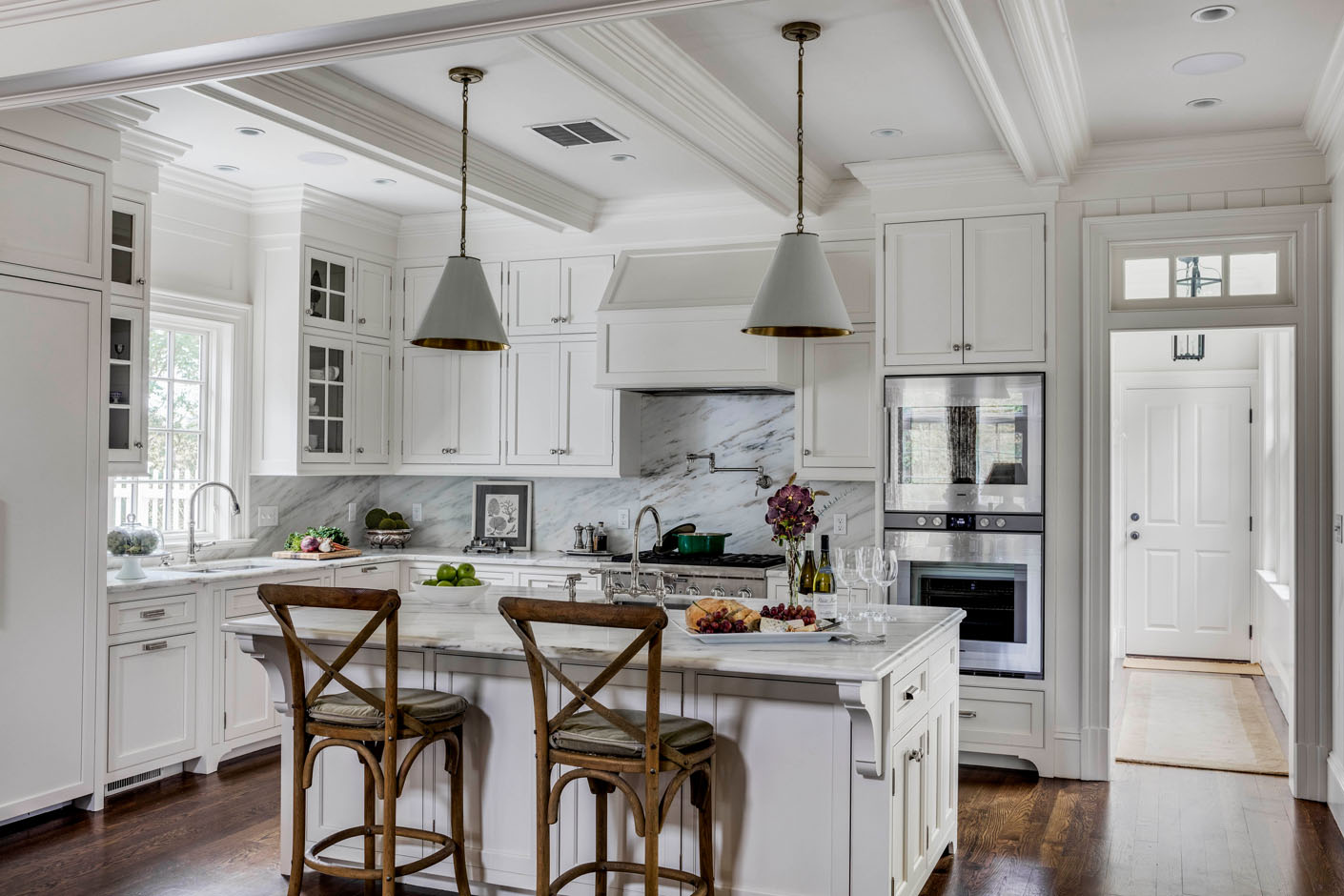
The reimagination of harborfront space on Martha’s Vineyard
Eight years ago, a team of investors came together with the goal of reinvigorating Edgartown Village. Right on the harbor at the end of Edgartown’s Main Street stood a 1960s eyesore structure which held the defunct Navigator restaurant. The investors wanted to design and construct a significant new building that could be a catalyst for the revitalization of the downtown area. The way in which this particular commercial project came together embodies all of the tenets of Architecture for the Greater Good.
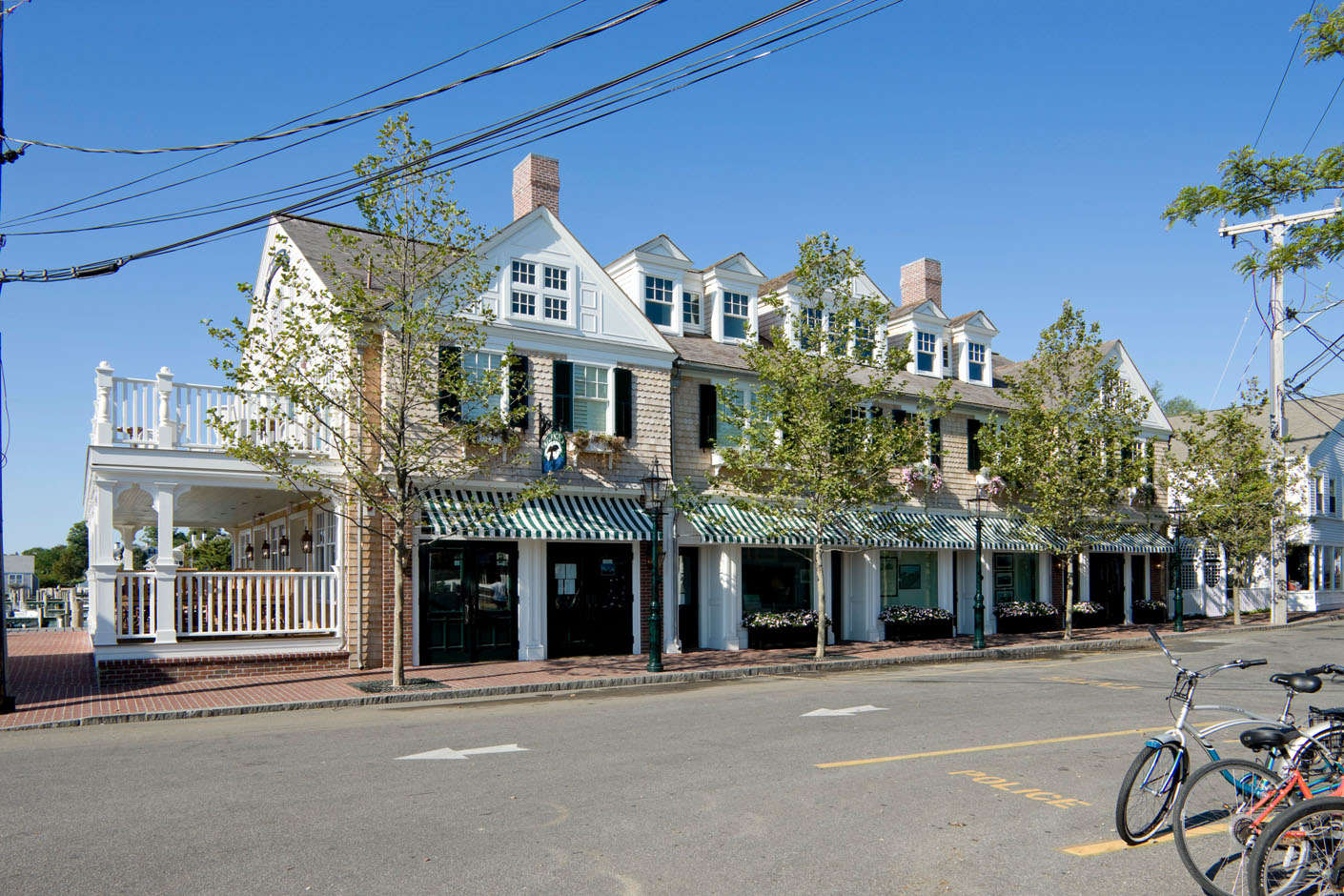
The structure that we designed is done in classic coastal New England vernacular, and creates new public access to the water where none existed previously. The sidewalks, now widened with brick pavers and decorated with newly planted trees and residential street lights allow The Atlantic, a new public restaurant, to provide al fresco dining overlooking the water for public benefit. While the architecture sits harmoniously within the landscape as though it has been there forever, we considered the context of the neighborhood and the public enjoyment of what was previously private land in order to create a much-needed amenity. Our newly created Boathouse has spurred the development of additional restaurants, retail, and architectural improvements—this is what Architecture for the Greater Good is all about.
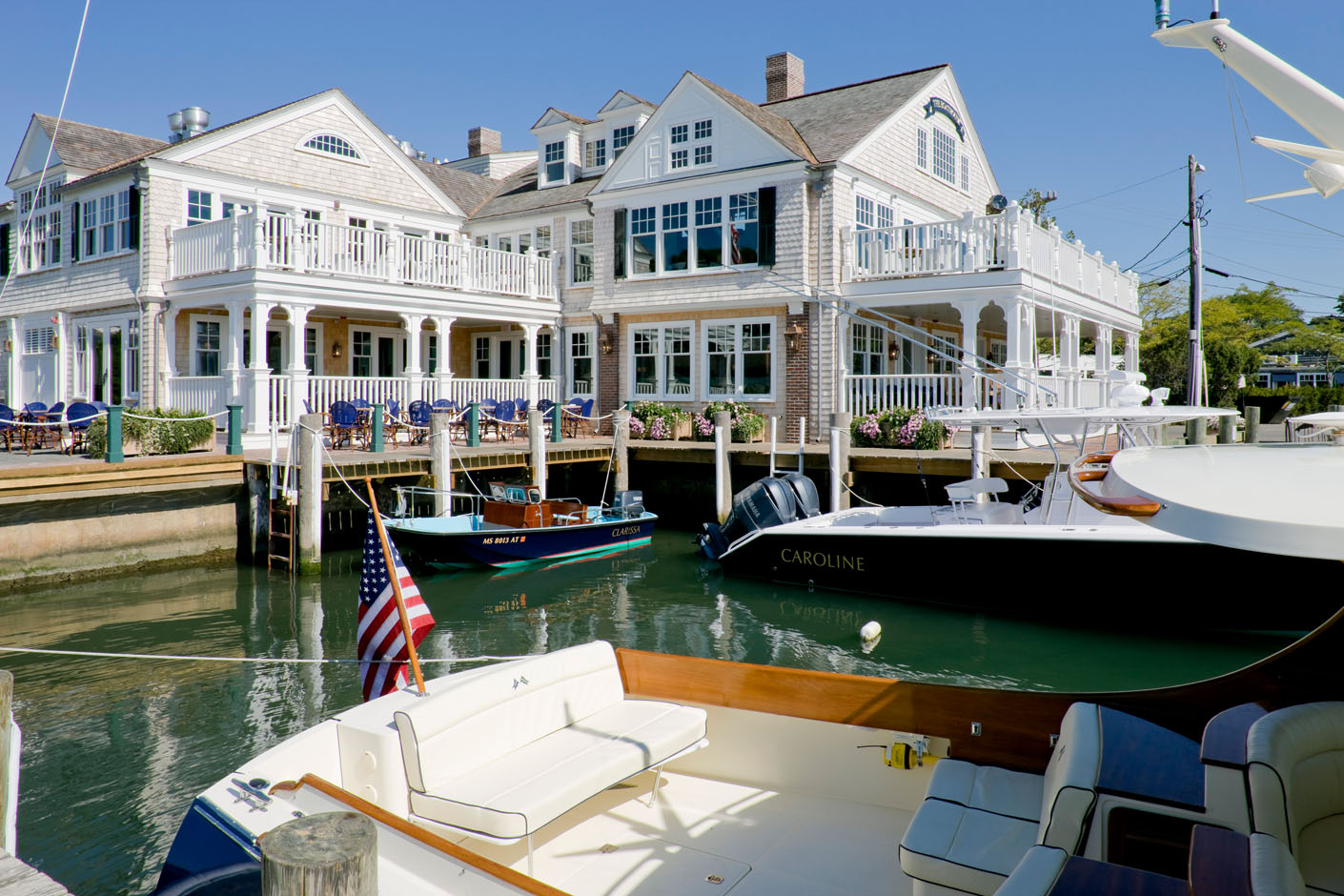
Should you wish to pursue a new build or renovation with these treatises in mind, please contact us. In the interim, we hope you’ll find meaningful inspiration in our portfolio.